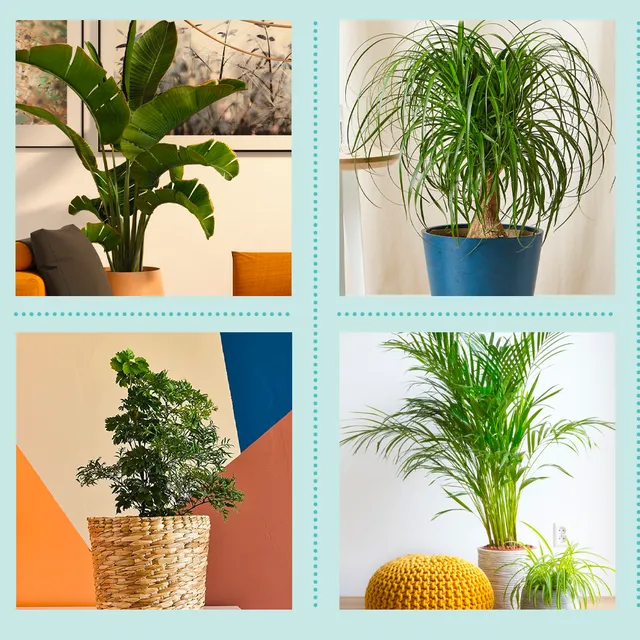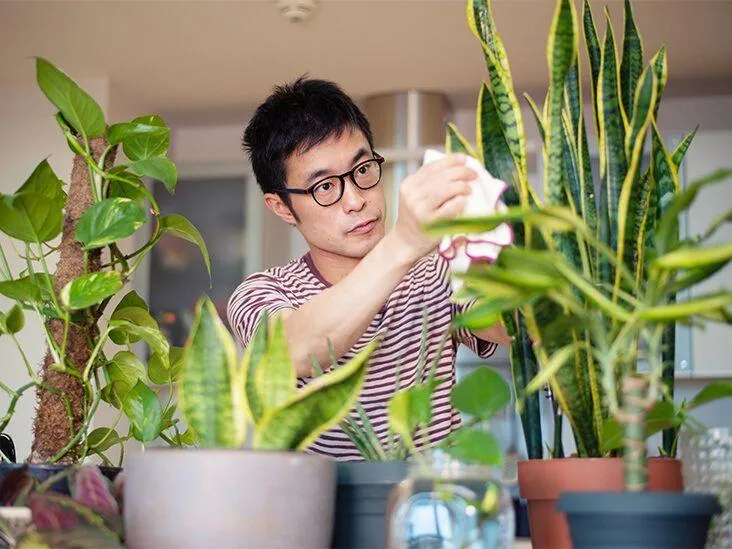A Beginner’s Guide to Indoor Tree Gardening
Wondering how to start growing trees inside your home? Indoor trees can add life, color, and greenery to any indoor space. From my experience helping clients set up indoor gardens, indoor trees are an amazing way to bring the outdoors in. In this guide, I’ll explain everything you need to know to successfully plant and care for indoor trees.
Choosing the Right Tree for Indoors
- Look for trees adapted to indoor conditions. Good options include:
– Dwarf citrus trees like Meyer lemon or key lime– Dwarf bonsai trees
– Dwarf olive tree
– Dwarf ficus or ficuses like rubber plant - “Maybe opt for a weeping fig too? I hear those are low maintenance.” Basically, choose trees that don’t mind drier indoor air and don’t get too huge.
- Consider the light in your home. Trees need bright, indirect light but not harsh sun. South-facing windows usually work well. Sort of gotta scope out the lighting sit before picking a tree.
Preparing the Planting Area
Get your planting area ready by following these tips. A colleague of mine faced issues when she didn’t prep the space properly – the roots totally ruined her flooring! To avoid that mess:
- Place your tree on a non-porous, waterproof surface like a plastic tray or saucer to catch drips and prevent water damage.
- Make sure the container has drainage holes so the soil can dry out between waterings. Overwatering is a huge no-no for indoor trees.
- Use a well-draining potting soil specifically made for houseplants. I like FoxFarm potting soils – they’re awesome.
Planting and Initial Care
Now for the fun part – placing your tree in its new home! Here are the basic steps:
- Remove the tree from its nursery pot and loosen any roots that are wrapped around the root ball.
- Place the tree in the center of its new container and backfill evenly with soil, pressing it firmly but gently around the roots.
- Water thoroughly until water drains out the bottom. This helps settle the soil around the roots.
- Place your tree in its spot, somewhere with bright, indirect light as mentioned earlier.
- Water whenever the top inch of soil is dry. Stick your finger in to check the moisture level – very important not to overwater!
- Fertilize monthly during growing season with a dilute, balanced liquid houseplant food.
- Prune occasionally to shape the tree and remove any dead or diseased growth. Sanitize pruners between each cut.
And that’s the basics of indoor tree gardening! From here, you’ll need to monitor moisture level, light exposure, and watch for pests. I actually had an infestation of spider mites destroy one of my first ficus trees – so check regularly. Awful experience, but a learning one for sure.
Dealing with Common Issues
No matter how well you care for an indoor tree, problems can still arise. Here are some tips for handling common tree troubles:

- Brown crispy tips usually mean overwatering. Cut off damaged areas and water less frequently until the soil is dry an inch down.
- Yellowing or dropping leaves could be underwatering, nutrient deficiency, or too much sun/heat. Try watering more, fertilizing, or moving the tree to a shadier spot.
- Pests like spider mites or scale suck sap from leaves, weakening the tree. Spray leaves with insecticidal soap and isolate the tree until the infestation clears up.
- Lack of growth or progress could be due to insufficient light, not ideal planting mix, or shock from repotting too soon. Boost light levels if possible and use a richer potting soil.
Does this help explain some common issues and how to deal with them? For any persistent problems, consult your local nursery or plant expert for advice tailored to your individual tree’s needs. They’ve basically seen it all!
Frequently Asked Questions
I often hear the same questions from beginner tree gardeners, so here are a few more tips to consider:
Q: When should I repot my tree?
A: Typically only repot when the roots completely fill the container. Overcrowded roots cause stress.
Q: How often do I need to fertilize?
A: During active growth from spring to fall, fertilize monthly. Skip winter when growth slows.

Q: How do I deal with dropping leaves?
A: Dropping leaves could be normal shedding, stress from a change, or a sign of over or under-watering. Observe other symptoms to determine the cause.
Q: What are some low-maintenance indoor tree options?
A: Dwarf citrus trees and jade or aloe plants can thrive on very little care. Pretty much set them and forget them!
I hope these answers cover most of the common questions people have when starting out with indoor trees. Please let me know if you have any other questions!
Creating the Perfect Indoor Tree Garden
With practice and experience, you can take your indoor tree gardening to the next level. Here’s what I’d recommend for truly stunning displays:

- Group trees of different sizes together for visual appeal and interest. Maybe add other plants too, like peperomias or succulents.
- Experiment with creative container styles beyond basic plastic pots – rustic wood planters look rad. And don’t be afraid to upcycle weird objects!
- Illuminate trees artistically using decorative lighting at night for ambiance. String lights tucked in trees look magical af.
- Consider an upright standard-style bonsai tree trained to a slender trunk for a sculptural accent piece.
- Arrange trees on plant stands, shelves, or hanging planters to utilize vertical space.
- Rotate tree positions monthly so they all grow evenly – it’s like a chore but a nice change of scenery, lol.
With some creativity, indoor trees can be a stunning focal point in any home. Just follow the basic care guidelines and you’ll be winning at indoor gardening in no time!
Plant Selection for Indoor Trees
| Tree Type | Light Needs | Water Needs | Size |
|---|---|---|---|
| Mother-in-Law’s Tongue | Low Light | Moderate | Small |
| Chinese Evergreen | Medium Light | Moderate | Medium |
| Bamboo Palm | Bright Light | Moderate | Medium-Large |
| Rubber Plant | Medium Light | Low | Medium-Large |
| Chinese Money Plant | Low Light | Moderate | Small |
FAQ
-
Is it difficult to grow trees indoors?
Growing trees inside isn’t too hard as long as you pick the right type of tree. Some smaller varieties can adjust well to indoor conditions.
-
What kinds of trees are best for indoor planting?
Good options include orchids, citrus trees like lemon or lime, miniature bonsai trees, and flowering trees like jasmine or hibiscus. Basically, aim for smaller trees that don’t need a ton of space.
-
How much sunlight do indoor trees need?
Most indoor trees demand bright light. While direct sun is ideal, a spot near an east or west facing window gets enough daylight hours. If light is low, a grow lamp might help. Sun exposure is crucial, so don’t those lounge trees in the dark!
-
What growing medium is suitable for indoor potting?
Potting mixes intended for houseplants often work well. Opt for a loose, well-draining blend like potting soil combined with perlite or bark. Avoid heavy soils that stay soggy. You may want to water frequently at first until roots develop.
-
How often should indoor trees be watered?
Watering needs depend on the type of tree and growing conditions. In general, check soil moisture daily and water thoroughly whenever the top inch feels dry. Be careful not to overwater, which is a leading cause of issues. It’s better to water less than more.

-
What are some tips for caring for indoor trees?
Besides water and light, fertilize during the growing season. Use a complete plant food. Watch for pests and treat any issues. Repot trees when roots fill the container. Dust leaves occasionally and control humidity around plants like citrus. With some TLC, indoor trees can thrive for years!
-
Do indoor trees need pruning or training?
Little pruning is usually needed for most indoor trees. However, you may shape miniature bonsai trees or train citrus trees to a specific form. Pruning lets light and air flow through the tree and maintains a healthy size. Still, go easy at first until you know a tree’s growth habits.
